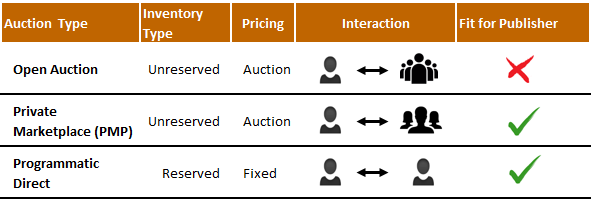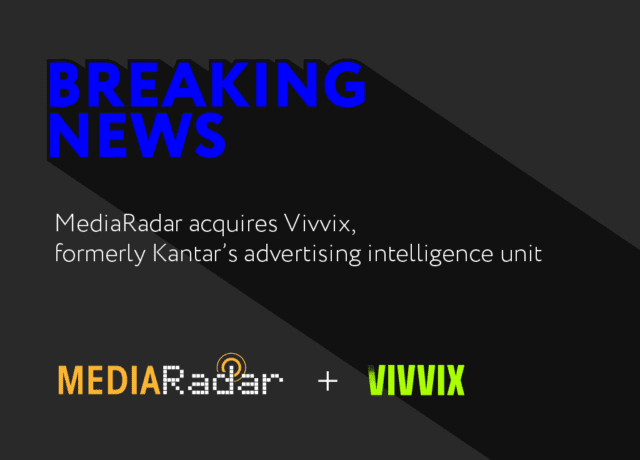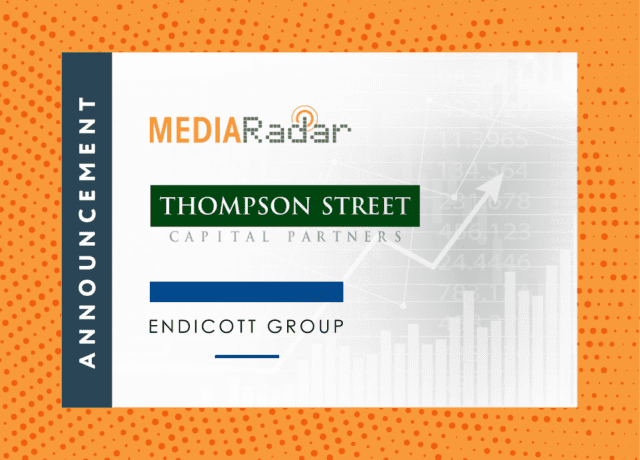


This is a guest post by Todd Krizelman, CEO of MediaRadar
Today 39% of all B2B websites are running programmatic ads on their websites. While this is almost double the rate from the start of 2015, most (61%) B2B publishers have yet to engage. This is a concern, because there is a community of new start-ups that are gaining traction servicing the B2B market specifically. This article will outline the benefits of programmatic to both the buyer and seller, and reveal some key tips to getting started.
Definitions:
Based on feedback from hundreds of publishers, there is some misinformation about programmatic buying. At its core, programmatic advertising refers to the automated system of buying and selling online advertising. But not all programmatic buying is equal. There are 3 common types of programmatic, each with key differences and benefits.

Publisher Benefits:
Private Marketplace is still an auction, but with a vetted, invitation-only list of buyers. The advantage for publishers is that they are allowing the client to buy without friction, but while preserving price controls – and controlling who can buy (so there are no unwanted buyers, such as non-endemic advertisers).
Programmatic Direct. This form of programmatic buying is a hybrid with traditional direct selling. The publisher’s sales rep does the deal in-person, but the implementation of the deal is executed programmatically. The benefit: you preserve the relationship side of the business.
Open Auction programmatic is the least valuable form of programmatic. This is where inventory is sold at auction, typically without any constraints. Without creating a floor on price, CPMs tend to drop. This is the version that gives programmatic a “bad name.”
Marketer Benefits:
B2B marketers are drawn to programmatic because it delivers a targeted audience, and it’s easy to scale. It also gives marketers a huge amount of control about what they specifically want to buy (i.e. type of user, time of day, content targeting).
Essential Stats on B2B Programmatic:
62% of ads placed programmatically on B2B websites are endemic ads targeted to a niche audience.
28% of advertisers placing programmatically on B2B websites only buy programmatic.
39% of B2B websites are selling programmatic ads already (82% on consumer websites, for comparison).
Best Practices for Selling B2B Programmatic (Cheat Sheet):
· Marketing Matters: Market yourself to programmatic buyers (aka trading desks) and build relationships with them. Tip: These up and coming B2B programmatic specialists have “programmatic” in their title now which makes outreach even easier when searching on LinkedIn.
· Availability: Make your inventory available to programmatic buyers via Private Marketplace and Programmatic Direct.
· Avoid Dilution: Do not give your inventory away in an open exchange without a price minimum. Do not devalue your inventory with low CPM buys.
· Segment Inventory: Allow some inventory to be available by programmatic, others direct. This creates scarcity, and helps explain the difference between direct and programmatic.
· Price by Date & Time: Limit time periods available to programmatic. Consider allowing your high-value ad units to only be bought direct during peak hours only.
· Be Competitive: Know the competition—what DSPs are you competing against? Unlike print, there can be much less transparency in the market. Do you know new entrants like DemandBase and Madison Logic?



